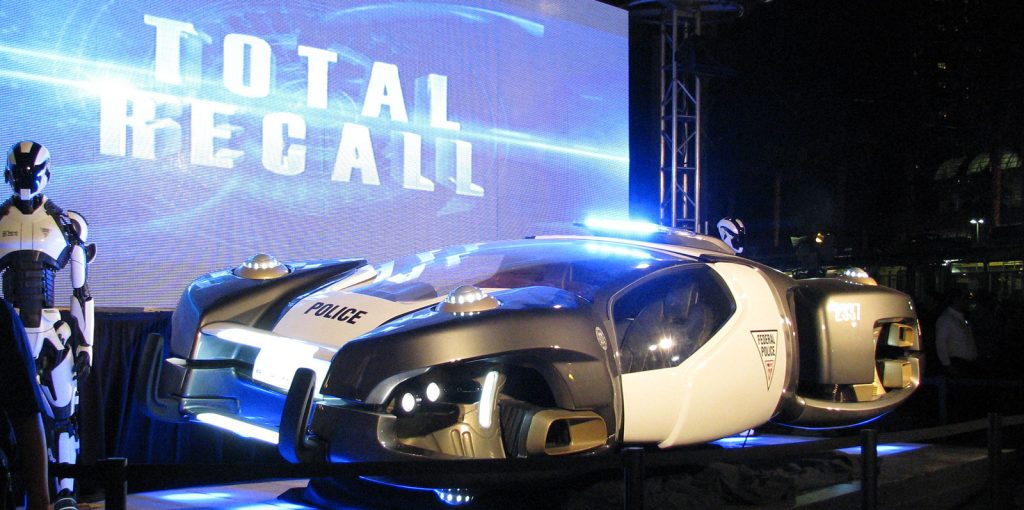Unlike most electronics, flash drives have a limited lifetime. After many repetitive writes to a single location, the data fails to record properly.

SSD drives used in personal computers have built-in validation to detect failures and use alternate areas instead. Most PC SSD drives also have a feature called wear leveling, where repetitive data to a single location is internally moved to an alternate location to increase the drive’s life. We’re not aware of any USB flash drives that use this technology. Generally, good consumer flash drives using MLC memory are rated from 1,000 to 10,000 maximum program/erase cycles. Cheaper drives that use TLC or QLC memory, are rated far less. Counterfeit and fake drives may fail as little as 200 writes.
The Tesla dashcam stores about 3 GB of data in an hour in one-minute segments. After an hour’s video is stored it overwrites the oldest segment with new data. Driving at 60 MPH, means your Tesla dashcam has the last 60 miles of video recorded. The chart below shows how many miles before drive failure is in the best case. Most drives last less than this but can help put drive life in perspective.
| Cycle Life | Miles before failure, 60 mph | Miles before failure, 30 mph |
|---|---|---|
| 10,000 | 400,000 | 200,000 |
| 5,000 | 200,000 | 100,000 |
| 1,000 | 40,000 | 20,000 |
| 200 | 8,000 | 4,000 |
(Feb-2022 update)